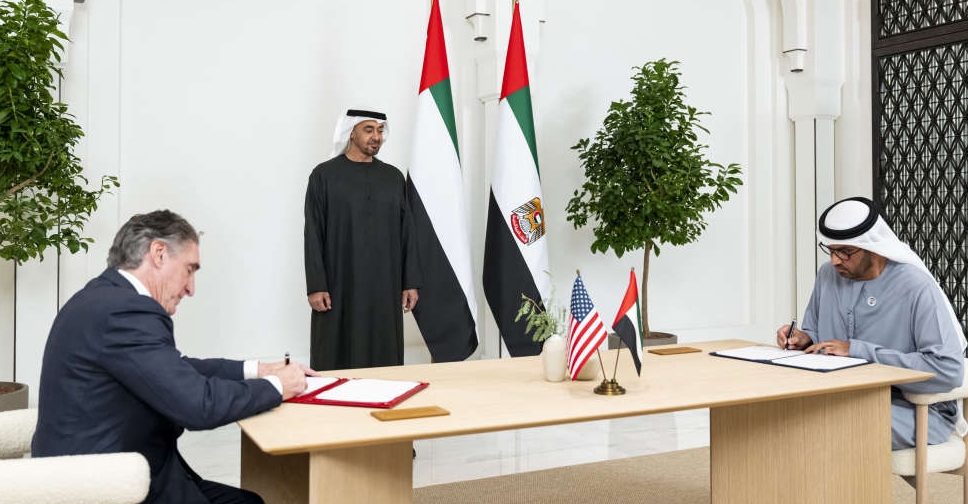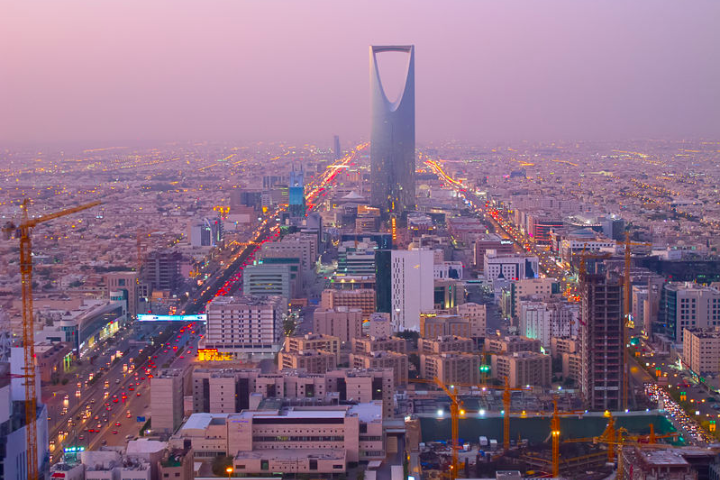
Saudi Arabia approved the so-called National Transformation Program, a key part of a blueprint to prepare the kingdom for the post-oil era. The plan outlines a number of initiatives to be undertaken by different ministries. Here is what we know so far: Public Finances * Non-oil revenue is seen rising to 530 billion riyals ($141 billion) by 2020 from 163.5 billion riyals. Public-sector wages and salaries would fall to 456 billion riyals from 480 billion, and make up 40 percent of total spending versus 45 percent. * Public debt will increase to 30 percent of economic output from 7.7 percent, while the kingdom’s credit rating is seen rising two levels to Aa2 from A1. *Taxes would be imposed on "harmful products" *The plan sets aside costs for the “preparation and implementation” of income tax on residents as well as “the unified income tax.” Mohammed Al-Sheikh, a cabinet minister, said there were no current plans to tax foreigners and referred further questions to the Finance Ministry. He also reiterated the government won’t impose taxes on Saudi nationals. *The private sector would fund about 40 percent of the initiatives included in the plan Investments, Jobs, Privatization & Exports *The initiatives included in the plan will create 450,000 jobs by 2020. *Non-oil exports would climb to 330 billion riyals from 185 billion riyals by 2020. Foreign direct investment would rise to 70 billion riyals from 30 billion riyals. *The plan budgets 300 million riyals over 5 years to create a “center of excellence” to support the privatization of state-owned companies. The minister of environment, water and agriculture said the government plans to privatize the Saline Water Conversion Corp. *The initiative for reforming and "restructuring of primary health care" is estimated to cost 4.7 billion riyals. Energy, Mining * Oil output capacity is expected to stay at 12.5 million barrels per day by 2020 with refining capacity seen at 3.3 million barrels per day from 2.9 million. * Output capacity of dry gas would reach 17.8 billion cubic feet per day versus 12 billion currently. The country will produce 4 percent of its power from renewable energy by 2020. *The Mining sector is to contribute 97 billion riyals to economic output from 64 billion riyals. By Ahmed Feteha, Vivian Nereim and Wael Mahdi/Bloomberg with assistance from Zainab Fattah and Deema Almashabi.

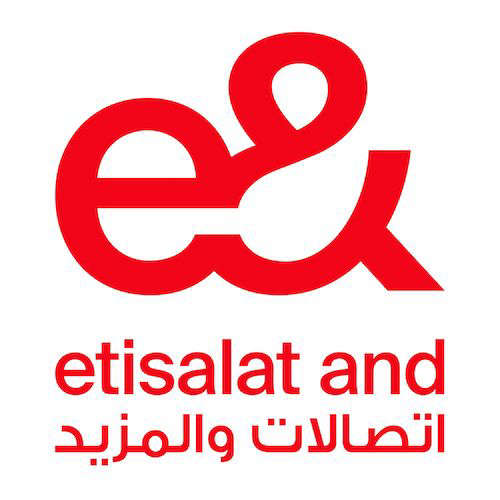

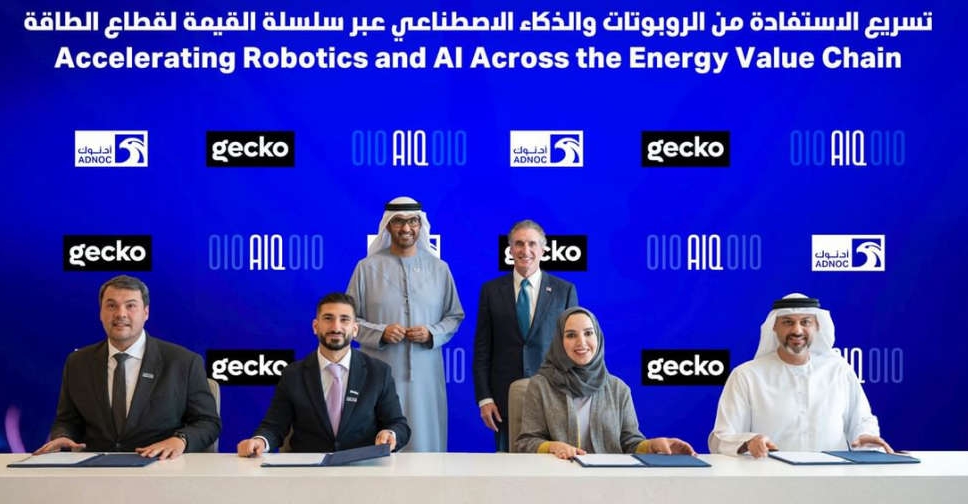 ADNOC, Gecko Robotics sign deals to accelerate AI, robotics, skills training
ADNOC, Gecko Robotics sign deals to accelerate AI, robotics, skills training
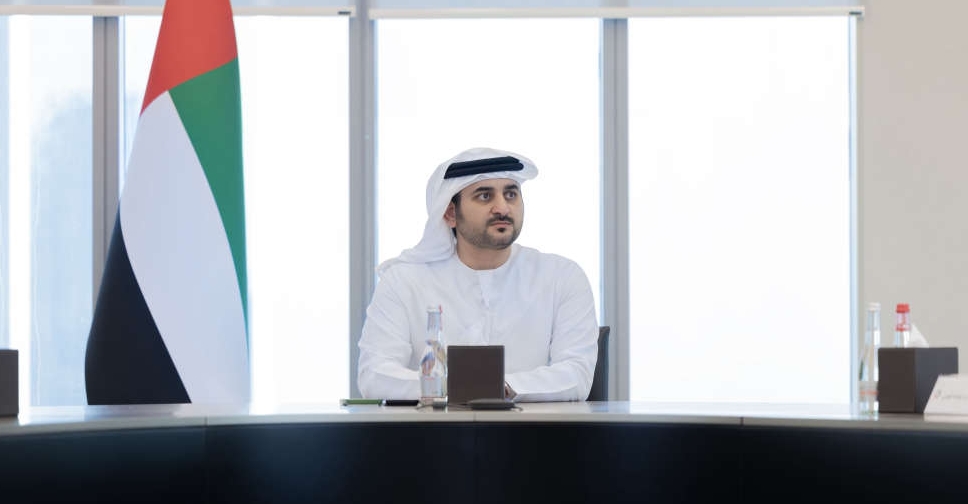 Maktoum bin Mohammed chairs Board meeting of Federal Tax Authority
Maktoum bin Mohammed chairs Board meeting of Federal Tax Authority
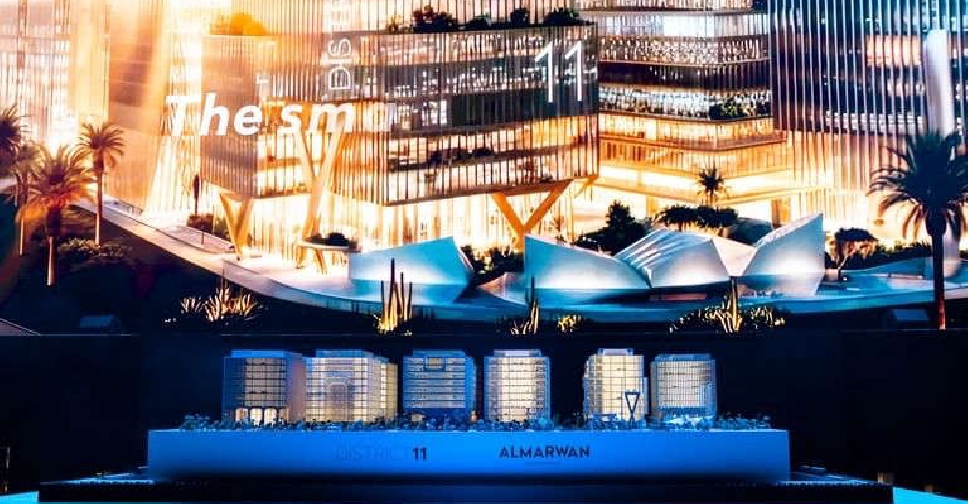 UAE’s first AI-designed business complex launched in Sharjah
UAE’s first AI-designed business complex launched in Sharjah
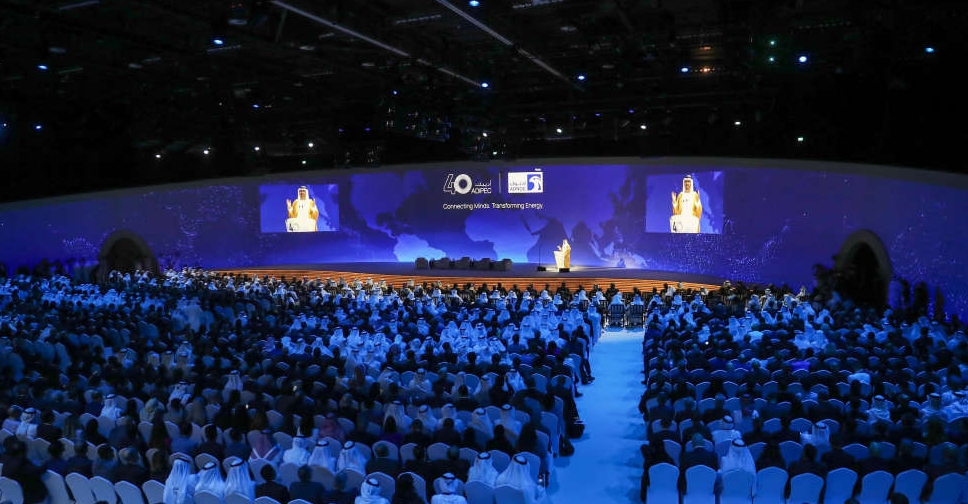 ADNEC Group to host two of world’s largest events simultaneously in Abu Dhabi, London
ADNEC Group to host two of world’s largest events simultaneously in Abu Dhabi, London
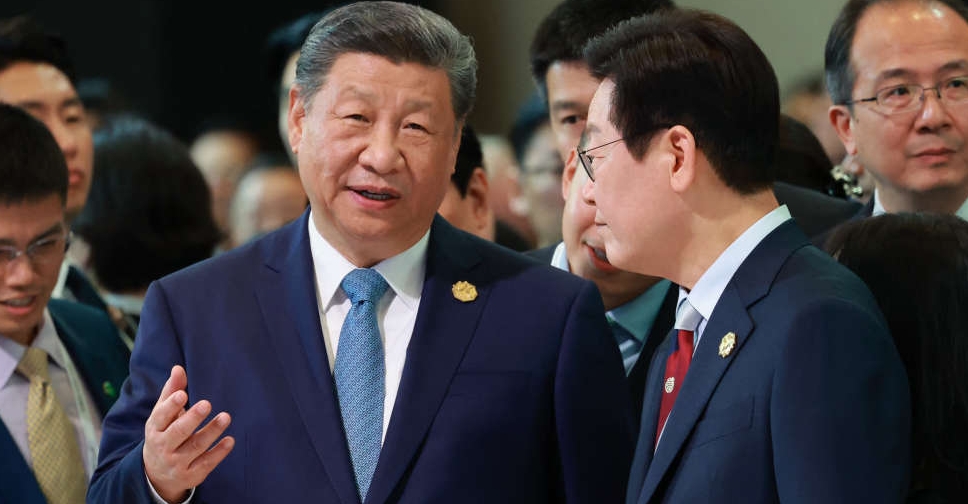 China's Xi pushes for global AI body at APEC in counter to US
China's Xi pushes for global AI body at APEC in counter to US

